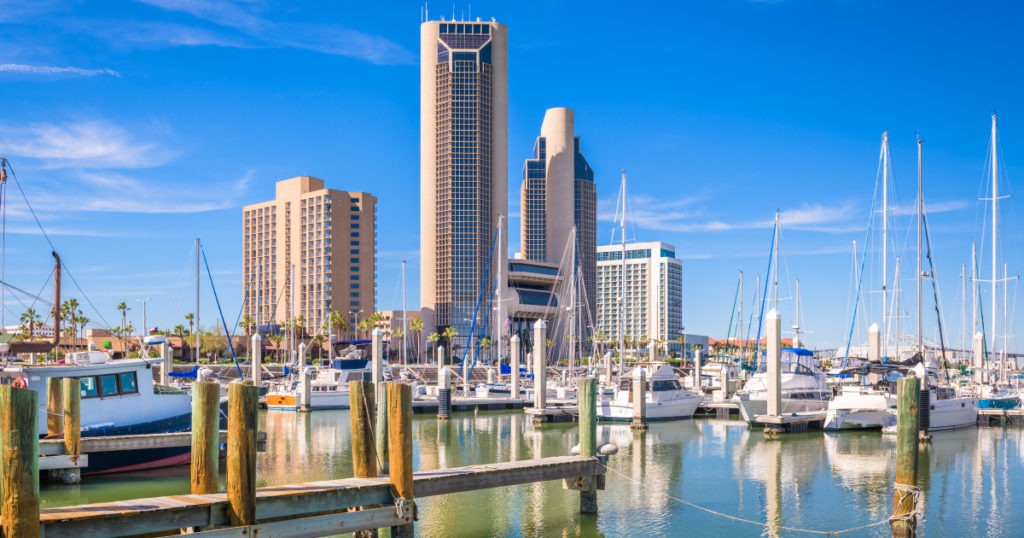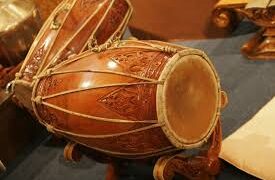Contents
Corpus Christi, which translates to “Body of Christ” in Latin, is a Christian feast that holds deep spiritual significance within the Catholic Church and various other Christian denominations. Celebrated on the Thursday following Trinity Sunday, this festival honors the Eucharist, commemorating the Last Supper when Jesus Christ instituted the sacrament of Holy Communion. This article delves into the historical origins, religious significance, and modern-day observance of Corpus Christi, highlighting its impact on communities worldwide.

Historical Origins
The feast of Corpus Christi was instituted in the 13th century by Pope Urban IV. The impetus for its establishment is attributed to a series of Eucharistic miracles and the theological insights of St. Thomas Aquinas, a prominent Catholic theologian. The most notable miracle occurred in Bolsena, Italy, in 1263, where a priest reportedly witnessed a bleeding consecrated host during Mass. This event, coupled with the visions of St. Juliana of Liège, who had long advocated for a special feast dedicated to the Eucharist, prompted Pope Urban IV to establish Corpus Christi in 1264 through the papal bull “Transiturus de hoc mundo.”
St. Thomas Aquinas was commissioned to compose the liturgical texts for the feast, including the hymns “Pange Lingua” and “Tantum Ergo,” which are still integral to Corpus Christi celebrations. These texts reflect the deep theological understanding of the Eucharist as the true presence of Christ in the form of bread and wine.
Religious Significance
Corpus Christi serves as a profound affirmation of the Catholic belief in transubstantiation—the doctrine that during the Mass, the bread and wine are transformed into the actual body and blood of Christ. This feast is an occasion for Catholics to express their reverence and adoration for the Eucharist, which is considered the “source and summit” of Christian life.
The theological importance of Corpus Christi lies in its emphasis on the real presence of Christ in the Eucharist, a core tenet of Catholic faith. The feast encourages the faithful to reflect on the mystery of the Eucharist, deepen their devotion, and recognize the sacrament’s centrality to their spiritual lives.
Traditional Observances
The observance of Corpus Christi is marked by various religious and cultural traditions that vary by region but share common elements of solemnity and celebration. Key practices include:

- Eucharistic ProcessionsOne of the most distinctive features of Corpus Christi is the Eucharistic procession, where the consecrated host, placed in a monstrance, is carried through the streets. This public display of faith allows the faithful to honor the Eucharist outside the church, bringing the sacrament into the community. The procession often includes the singing of hymns, recitation of prayers, and the scattering of flowers along the path.
- Adoration of the Blessed SacramentIn many parishes, extended periods of Eucharistic adoration are held, where the faithful spend time in prayer and reflection before the exposed Blessed Sacrament. This practice deepens personal devotion and reinforces the spiritual significance of the Eucharist.
- Mass and BenedictionThe celebration of Mass on Corpus Christi is particularly elaborate, featuring special liturgical elements and music. The Mass is often followed by Benediction, a rite in which the priest blesses the congregation with the Blessed Sacrament.
Regional Variations
Corpus Christi is celebrated worldwide, with each indratogel culture adding its unique customs and traditions. Some notable regional variations include:
- SpainIn Spain, Corpus Christi is a major public holiday marked by elaborate processions and cultural festivities. In Toledo, the celebration includes a grand procession featuring a richly decorated monstrance, while in Seville, the streets are adorned with floral carpets and tapestries.
- PolandPolish communities celebrate Corpus Christi with colorful processions, often accompanied by folk music and traditional costumes. The procession routes are decorated with altars, where prayers and hymns are offered at each stop.
- Latin AmericaIn Latin American countries, Corpus Christi is a vibrant festival blending religious and indigenous traditions. In cities like Cusco, Peru, the feast coincides with local festivals, creating a unique fusion of Catholic and native rituals. The streets come alive with music, dance, and elaborate religious displays.
- GermanyGerman towns and villages celebrate Corpus Christi with processions that often include decorated boats and floats. In some regions, such as Bavaria, the feast is observed with grand parades and community gatherings.
Modern-Day Observance

In contemporary times, the celebration of Corpus Christi continues to be an important religious event for Catholics worldwide. While traditional processions and public celebrations remain popular, the observance has also adapted to modern contexts.
In many urban areas, Corpus Christi processions have become opportunities for evangelization and community outreach. Parishes may organize events that include educational talks on the Eucharist, social services, and community meals. These activities aim to strengthen communal bonds and encourage a deeper understanding of the faith.
The use of digital media has also enhanced the celebration of Corpus Christi. Many churches livestream Masses and processions, allowing the faithful to participate virtually. Social media platforms are used to share reflections, prayers, and educational content about the significance of the Eucharist.
The Impact of Corpus Christi
The celebration of Corpus Christi has a profound impact on individuals and communities. For the faithful, it is a time of spiritual renewal and a reaffirmation of their belief in the real presence of Christ in the Eucharist. The public nature of the processions and celebrations serves as a powerful witness to the broader community, highlighting the importance of faith in daily life.
Corpus Christi also fosters a sense of unity and solidarity within the church. By participating in shared rituals and traditions, individuals strengthen their connection to the larger Catholic community. This sense of belonging and shared purpose is particularly significant in times of social and economic challenges.
Furthermore, the feast of Corpus Christi serves as a reminder of the call to service and compassion. The Eucharist is not only a sacrament of presence but also a sacrament of mission. It inspires the faithful to live out the values of love, justice, and charity in their interactions with others.
Conclusion
Corpus Christi is a rich and multifaceted celebration that encompasses deep theological significance, historical traditions, and contemporary practices. It is a testament to the enduring importance of the Eucharist in the Catholic faith and its power to inspire devotion, community, and service. As communities around the world continue to observe this feast, Corpus Christi remains a vibrant expression of faith, bringing people together in reverence and joy for the Body of Christ.
Read More Article About “DIA DEL BOMBERO: HONORING THE BRAVERY AND SACRIFICE OF FIREFIGHTERS“





